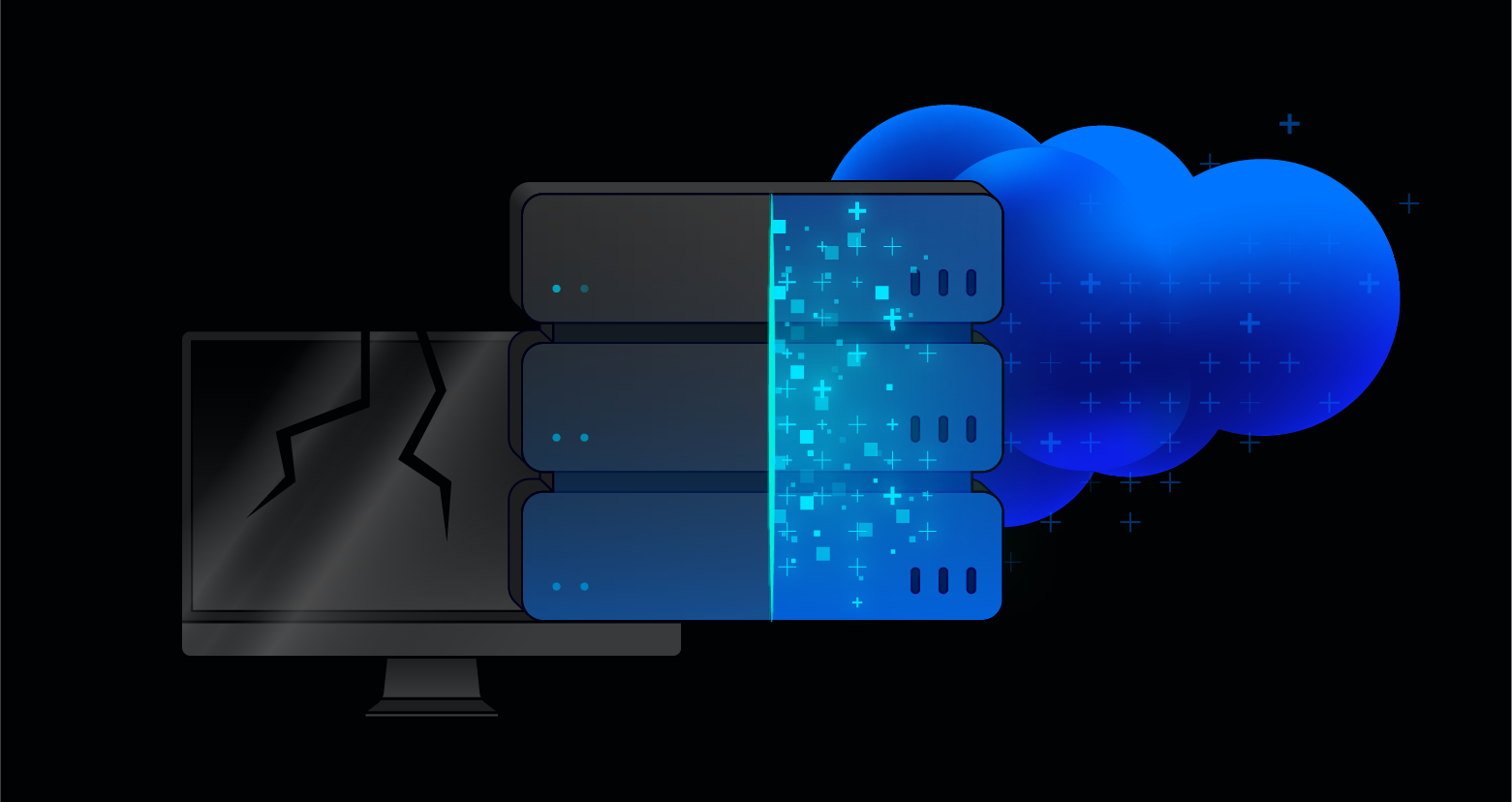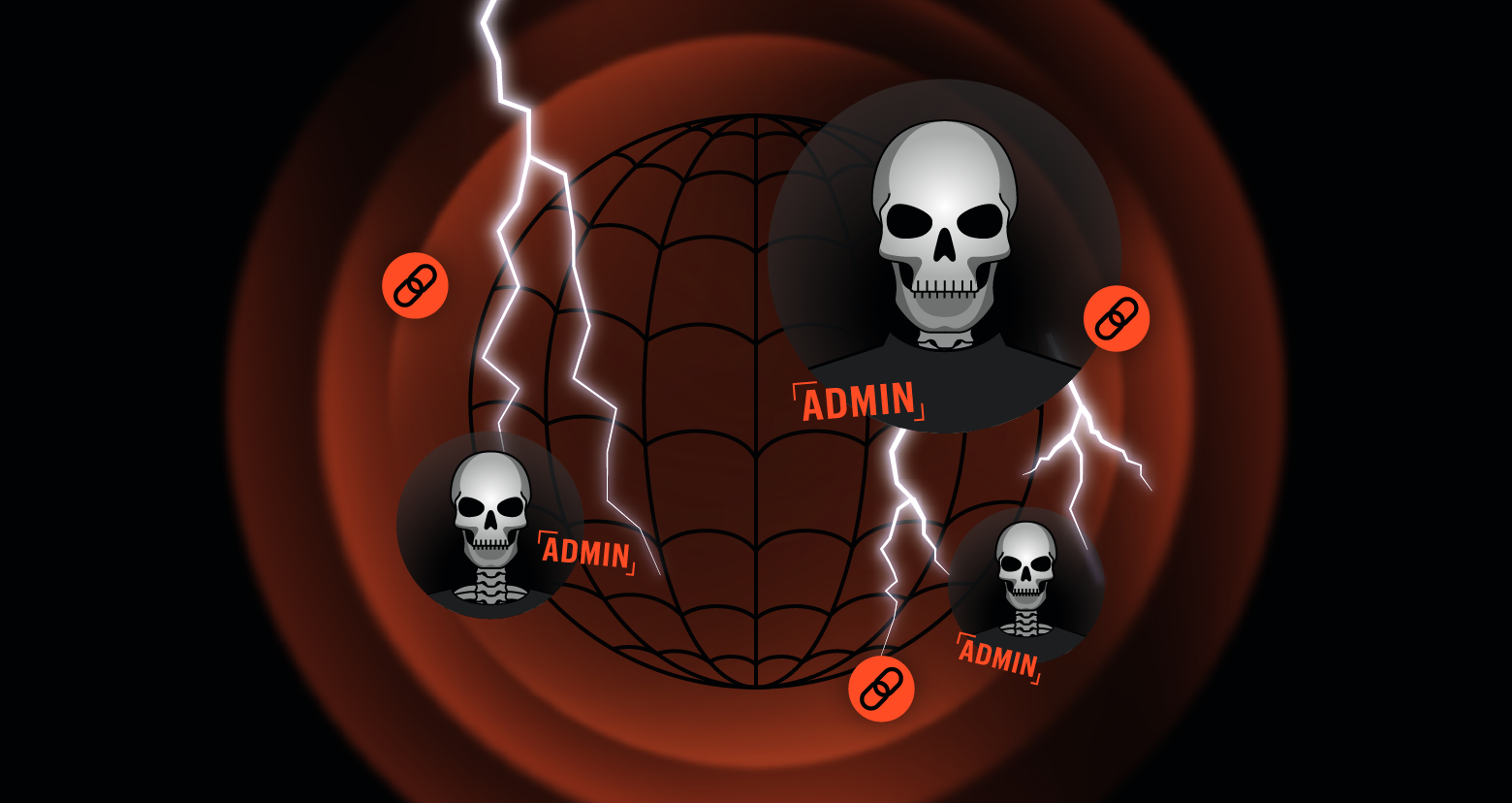This article is part of the series "Fileless Malware". Check out the rest:
- Adventures in Fileless Malware, Part I
- Adventures in Fileless Malware, Part II: Sneaky VBA Scripts
- Adventures in Fileless Malware, Part III: Obfuscated VBA Scripts for Fun and Profit
- Adventures in Fileless Malware, Part IV: DDE and Word Fields
- Adventures in Fileless Malware, Part V: More DDE and COM Scriplets
- Adventures in Fileless Malware: Closing Thoughts
After yakking in the last two posts about malware-free or fileless attack techniques, we’re ready to handle a dangerous specimen. The Hybrid Analysis site is the resource I rely on to find these malware critters. While the information that HA provides for each sample —system calls, internet traffic, etc. — should be enough to satisfy a typical IT security pro, there is some value in diving into one of these heavily obfuscated samples to see what’s actually going on.
If you’re playing along at home, I suggest doing this in a sandbox, such as AWS, or if you’re working on your own laptop, just make sure to comment out the system calls that launch PowerShell.
Get the Free PowerShell and Active Directory Essentials Video Course
Into the Obfuscated VBA Muck
The malware I eventually found in Hybrid Analysis is a VBA script that was embedded in a Word doc. As I mentioned last time, to see the actual script, you’ll need Frank Boldewin’s OfficeMalScanner.
After extracting the script, which I gave you a peek at in the last post, I decided to load the thing into the MS Word macro library. And then — gasp — stepped through it using the built-in debugger.
My goal was to better understand the obfuscations: to play forensic analyst and experience the frustrations involved in this job.
If you’re going into one of these obfuscated scripts for the first time in a debugger, you’ll likely be gulping espressos as you make your way through the mind numbing complex code and watch blankly as you look at the variable L_JEK being assigned the string “77767E6C797A6F6”.
It’s that much fun.
What I learned with this obfuscated VBA script is that only a very small part of it does any of the real work. Most of the rest is there to throw you off trail.
Since we’re getting into the nitty-gritty, I took a screen shot of the teeny part of the code that performs the true evil work of setting up the PowerShell command line that is ultimately launched by the VBA macro.

It’s very simple. The VBA code maintains a hex representation of the command line in a few variables and then translates it to a character string. The only “tricky” part is that hex values have been offset by 7.
So for example, the first part of the hex string comes from L_JEK (above). If you take 77 and subtract 7, you’ll get a hex 70. Do the same for 76 and you have obtain hex 6F. Look these up in any ascii table, and you’ll see it maps to the first two letter of “powershell”.
This ain’t a very clever obfuscation, but it doesn’t have to be!
All it has to accomplish is getting past virus scanners searching for obvious keywords or their ascii representations. And this particular sample does this well enough.
Finally, after the code builds the command line, it then launches it through the CreateProcess function (below).

Think about it. A Word doc was sent in a phish mail to an employee. When the doc is opened, this VBA script automatically launches a PowerShell session to start the next phase of the attack. No binaries involved, and the heavily obfuscated scripts will evade scanners.
Evil!
To further my own education, I pulled out another macro from Hybrid Analytics (below) just to see what else is out there. This second one effectively does the same thing as the code above.

It’s a little more clever in how it builds the command line. There’s a decode function, called “d”, that filters out characters from a base string by comparing against a secondary string.
It’s a high-school level idea, but it gets the job done: it will evade scanners and fool IT folks who are quickly looking at any logs for unusual activities.
Next Stop
In my first series of post on obfuscation, I showed that Windows Event logging captures enough details of PowerShell sessions — that is, if you enable the appropriate modules — to do a deep analysis after the fact.
Of course, the brilliance of fileless attacks is that it’s hard to determine whether a PowerShell script at run-time is doing anything evil through a basic parsing of the command line by scanning event logs.
Why?
PowerShell sessions are being launched all the time, and one hacker’s PowerShell poison can be close to another IT admin’s PowerShell power tool. So if you want to alert every time a script downloads something from the Internet, you’ll be sending out too many false positives.
Of course, this leads to this blog’s favorite topic: the failure of perimeter defenses to stop phishing and FUD malware, and the power of User Behavior Analytics.
In short: it’s a losing battle trying to stop hackers from getting past perimeter defenses. The better strategy is to spot unusual file access and application behaviors, and then respond by de-activating accounts or taking another breach response measure.
That’s enough preaching for the day. In the next post, we’ll take a closer look at more advanced types of fileless attacks.
What should I do now?
Below are three ways you can continue your journey to reduce data risk at your company:
Schedule a demo with us to see Varonis in action. We'll personalize the session to your org's data security needs and answer any questions.
See a sample of our Data Risk Assessment and learn the risks that could be lingering in your environment. Varonis' DRA is completely free and offers a clear path to automated remediation.
Follow us on LinkedIn, YouTube, and X (Twitter) for bite-sized insights on all things data security, including DSPM, threat detection, AI security, and more.







-1.png)
